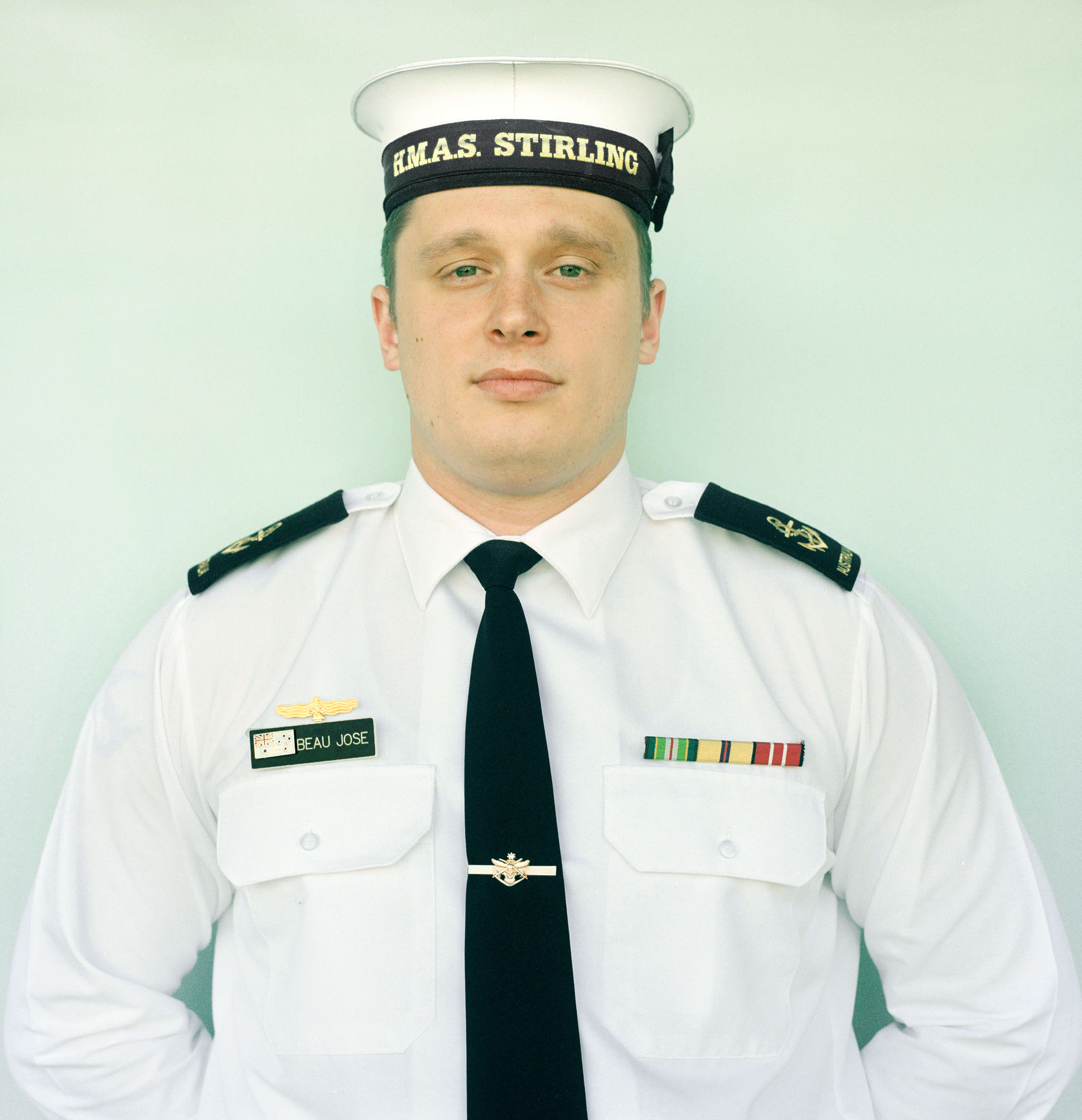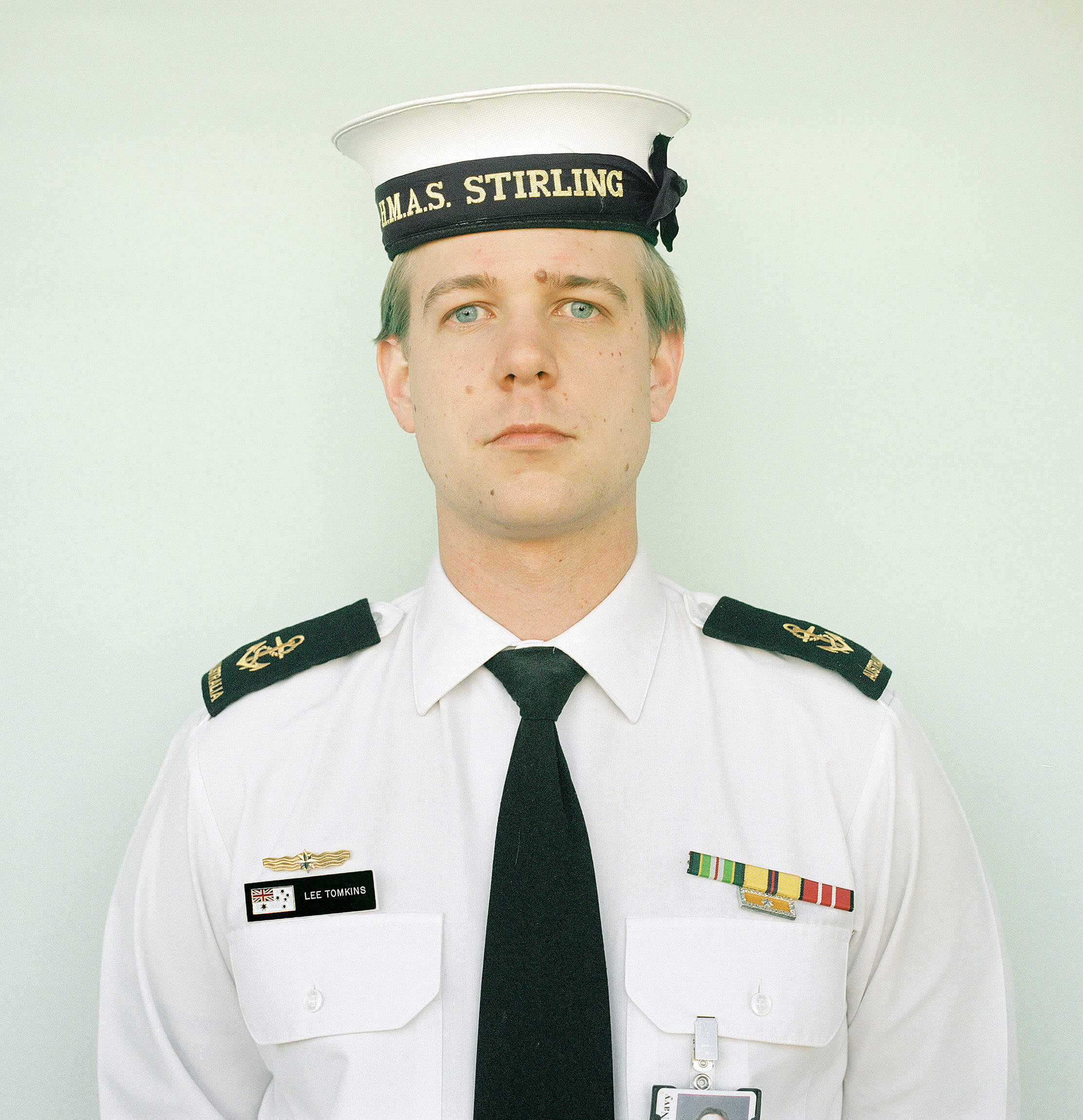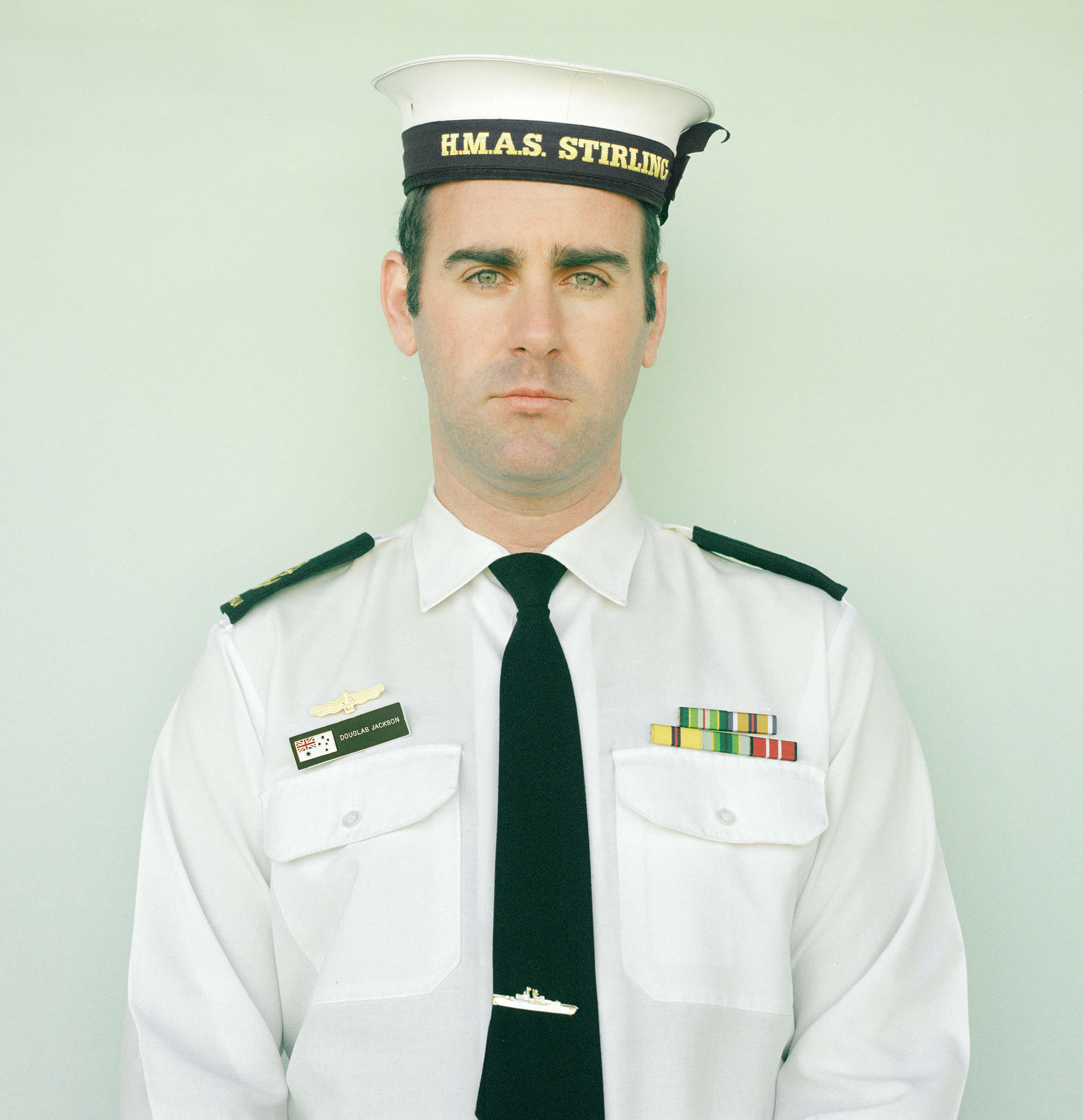
On 20 June 2018, the issue of the British newspaper e Guardian contained some pages which, from a distance, looked like a tele-phone directory: small letters and black ink and columns packed with text. Upon closer inspection, you realized that it was a list: those 34,361 people who’d died in the attempt to reach Europe from Africa and Asia from 1993 to 2018, by land and by sea, many by drowning, many never identified. Most of the spaces contain the ghost of a man or woman: with no name, no face, no country of departure. at said, not much is known about the ones who made it either: why they decided to cross the sea, what they found once they set foot on land. e phenomenon of migration to Eu- rope is constantly on the rise, yet, despite more than ve billion telephones scattered around the world and approximately four billion accounts registered on the various social networks, there are hardly any detailed accounts from those who survived the crossings, and little or nothing recorded of the journey, the hurdles they faced, the stop-o points along the way, the sea, their feelings, the fear, or the sight of Europe. Not only is it a loss for the world and its history (and historiography), but, in the future, it’ll be a hole in the memory of these people’s descendants too, a gaping, probably unfillable void in the knowledge of their roots.

The year 2018 marked the first publication of a book – written in 1927 – which is also a fundamental historical document. The book is Barracoon and, in short, it’s a 100-page-plus interview with Cudjo Lewis, the last survivor – the last, of millions and millions – of the Middle Passage, the trade that for over 500 years transported men and women from the coasts of western Africa to the shores of the “New World”. Cudjo Lewis was not his birth name: his mother had called him Kossula and that’s what everyone had called him for 19 years, in the middle of the nineteenth century, when he lived in a small kingdom in the area of present-day Benin. For 19 years, Kossula had never seen nor had even heard of white men, nor did he know America, he knew nothing about slavery, he had no surname. One day, he was captured by soldiers from Dahomey, a powerful kingdom close by, during a lightning war: in a few hours Kossula’s village was destroyed, the youngest and strongest men taken prisoner, the others beheaded, their heads stuck on spikes and smoked to take as a gift to the king of Dahomey. The prisoners were enchained and marched to the sea and the beach where the white men were waiting for them with lifeboats and ships. They bought hundreds of prisoners from the king of Dahomey, amongst whom Kossula. They stripped them and made them lie down in the ship. For 70 days, naked and stacked like branches cut from a tree, men who until a few hours earlier had been free, travelled in the belly of the Clotilda on a sea that they didn’t know, towards a land that they didn’t know existed, leaving behind Africa forever, the language, their identity, their previous lives. Kossula lived as a slave for five years and six months, before its abolition. And it is paradoxically after slavery that, in Barra- coon, the cruelty of his abduction became evident, a cruelty that smacked of the absurd: Kossula couldn’t understand why he was in America, what he was doing there. “We have no country or land!” he said about his condition as a “free man” in America, as if he was less concerned about his freedom than he was about Africa.
By giving a voice to the victims, today Barracoon is a fundamental text allowing us, centuries later, to understand just a small slice of what was known as the Middle Passage. Nonetheless, it’s no, however dramatic, account of tracking, it’s not history or anthropology either, but the memory of a man wrenched from his life and sold like a good. Hundreds of millions of men and women like Kossula were uprooted and transported to the Americas or the Caribbean, where – like branches shorn from a tree – they summoned up their strength to grow and develop new roots.
So, what can happen after decades or centuries, when someone wants to look beyond these new roots? It’s a question that few have answered because it’s rarely been asked in the white West, but there are some, like Toni Morrison, who have asked it themselves. The answer she gave in her novel Beloved spoke of “a loneliness that roams. No rocking can hold it down”, she wrote. “It is alive, on its own. A dry and spreading thing that makes the sound of one’s own feet going seem to come from a far-off place.” There are also those, like Derek Walcott, a native of Saint Lucia in the Caribbean, who dedicated his whole life and work to finding an answer. The leading character of one of his most important compositions – e Schooner Flight – says about himself, impersonating the real Walcott:
“I’m just a red nigger who love the sea, / I had a sound coloni- al education,
/I have Dutch, nigger, and English in me, / and either I’m nobody, or I’m a nation”.

In another poem, Omeros, a Caribbean epic with protagonists like the fisherman Achille enamoured of sensual women like Helen, Walcott once again tackles the question of his origins and those of the rootless population. This is how he described his ancestors loaded in chains onto the slave ships: “So now they were coals, firewood, dismembered / branches, not men. They had left their remembered / shadows to the firelight. Scratching a board / they made the signs for their fading names on the wood, / and their former shapes returned absently; each carried / the nameless freight of himself to the other world.” They’re words that are somehow echoed in those used by Kendrick Lamar in The Blacker the Berry, a song from 2015: “I’m African-American, I’m African,” he says, “heritage of a small village”, like Kossula in Barracoon, and it’s a village that comes “from the bottom of mankind”.
The Middle Passage was the biggest enforced migration in history, but the current movement of thousands of human beings – from South to North America, from Africa and Asia to Europe, and from nation to nation within the same continents – is often equally enforced, as they escape from wars, climate change and areas undergoing deserti cation. When fleeing, they leave behind parts of themselves they won’t get back, homes they won’t smell anymore, relatives they won’t greet anymore and people they’ll be able to imagine but won’t be able to see again. It’s important, for those who leave and those who stay, and for the states which will accommodate the new roots, that the memory of these journeys is first collected and then preserved. A project like that of Moroccan artist Bouchra Khalili – The Mapping Journey Project – is just one example of what can be done to uphold the memory: consisting of a series of videos, through a pen and a map, the migrants’ voices recount and draw the complex paths that led them across different seas and countries.
It’s what is needed now so that, in the future, the gaps in the memory can be filled, the broken branches sewn back on. It’s a great work of archive-building that can collect, order and preserve the albeit few diaries and eye-witness accounts of those who have managed to cross seas and deserts and borders. Migration, and escaping, leave a pile of things on the way: homes and people, clothes and boats, songs and parents, each one a recollection, together a memory. We often forget this, but, for a healthy future, memory is the most important thing.